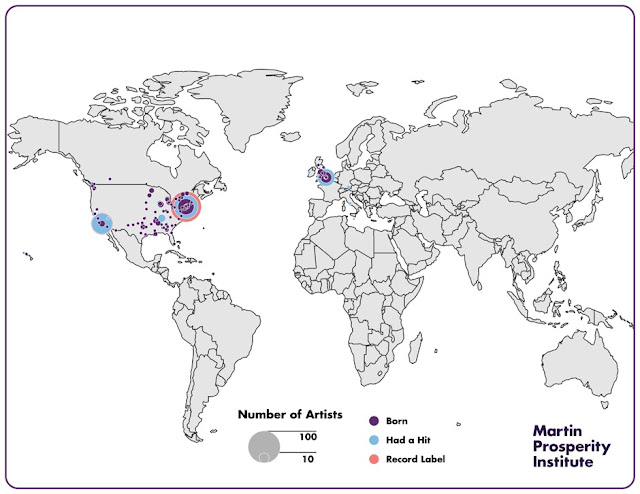Technical task

For this task we had to create conventional aspects of music videos in order to practice with the equipment. These conventions include: We used 2 different locations for this task including a stairway (to create effective tracking shots and high/low angles) and the greenroom to practice with high-key lighting, close-ups and lip-syncing. This process included lots of trial and error when it came to filming as sometimes the shot didn't come out as we expected it to. When it came to using the lighting we decided the best high-key lighting option would be to use the 3 soft-boxes. We used a key light to project light onto the right side of the subject. However, this then casted a shadow onto the left side. In order to fix this issue we used a fill light so that the whole subject was illuminated. However, a back light was also used in order to pull the subject away from the background and make them appear 3-Dimensional. From this task I learned a great deal...









